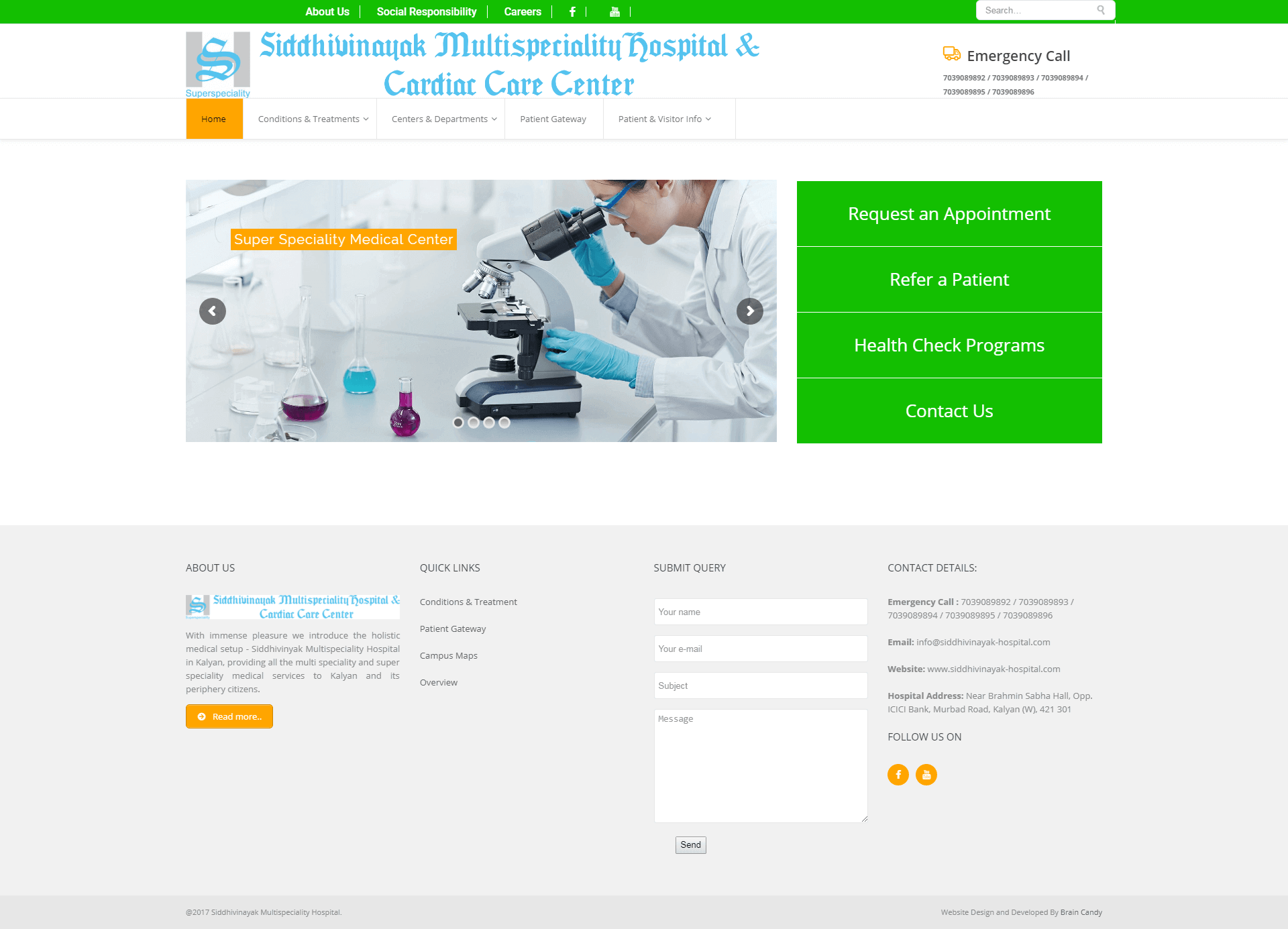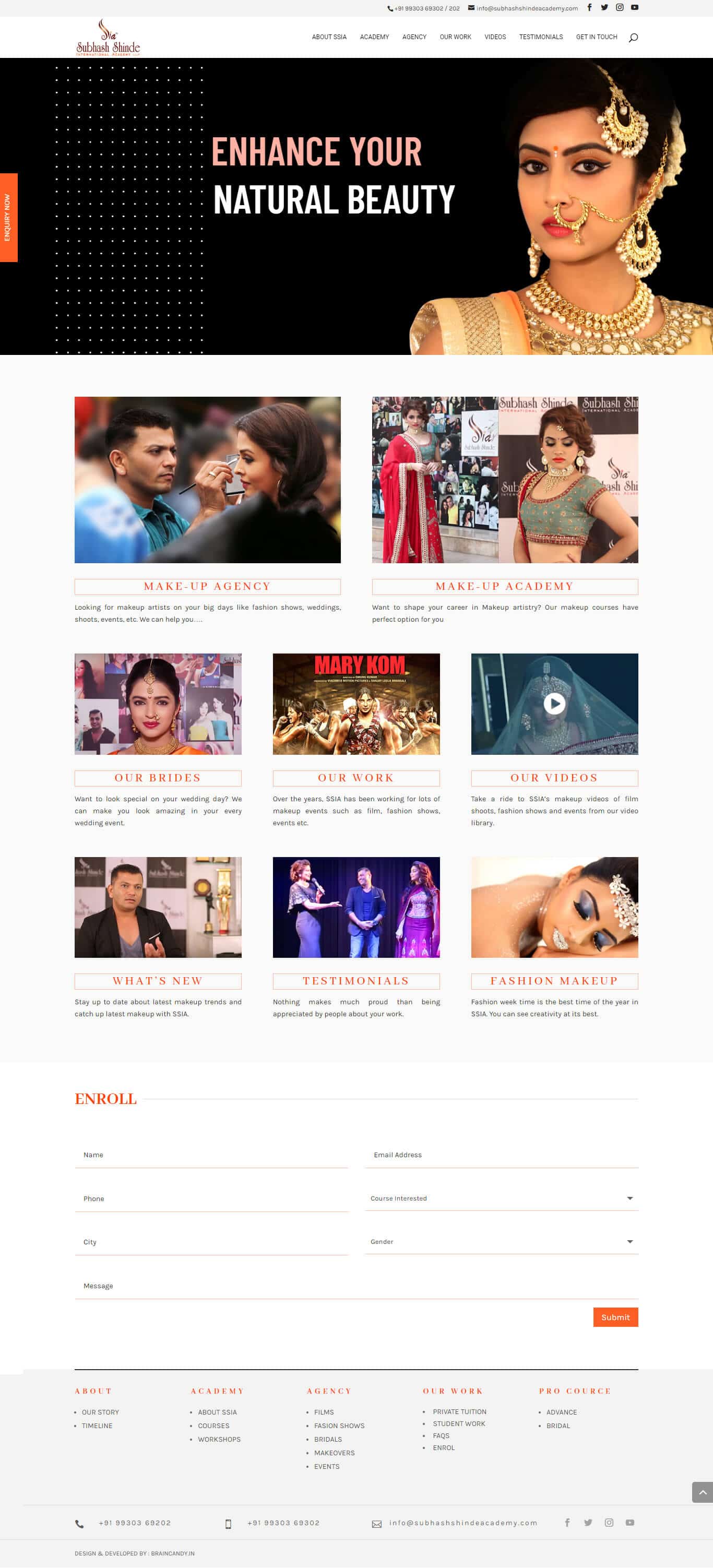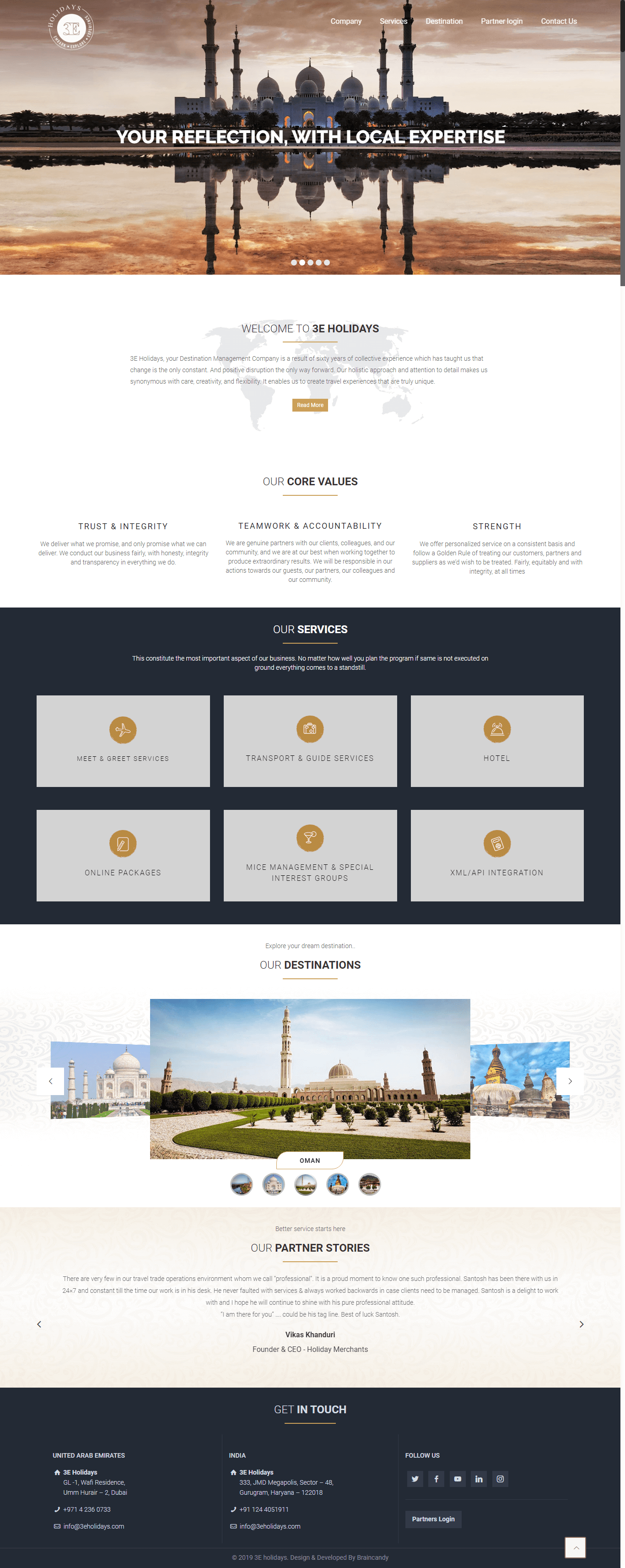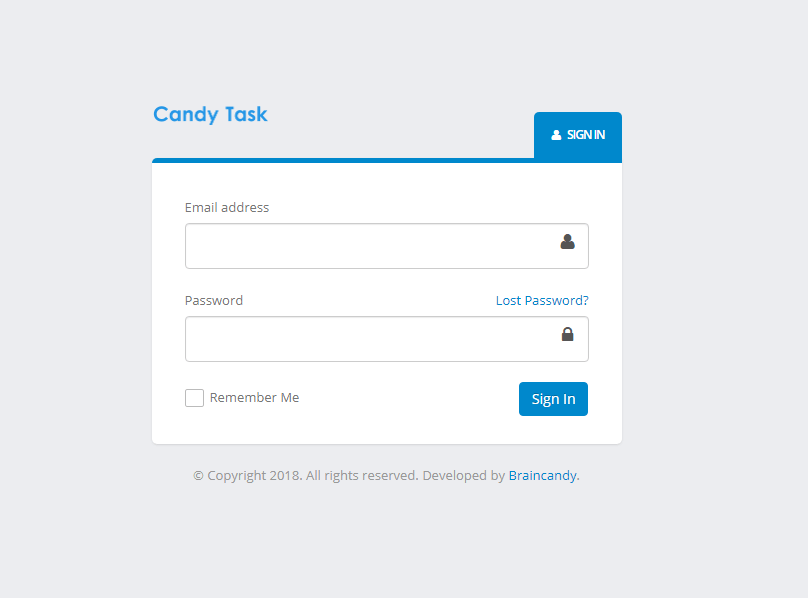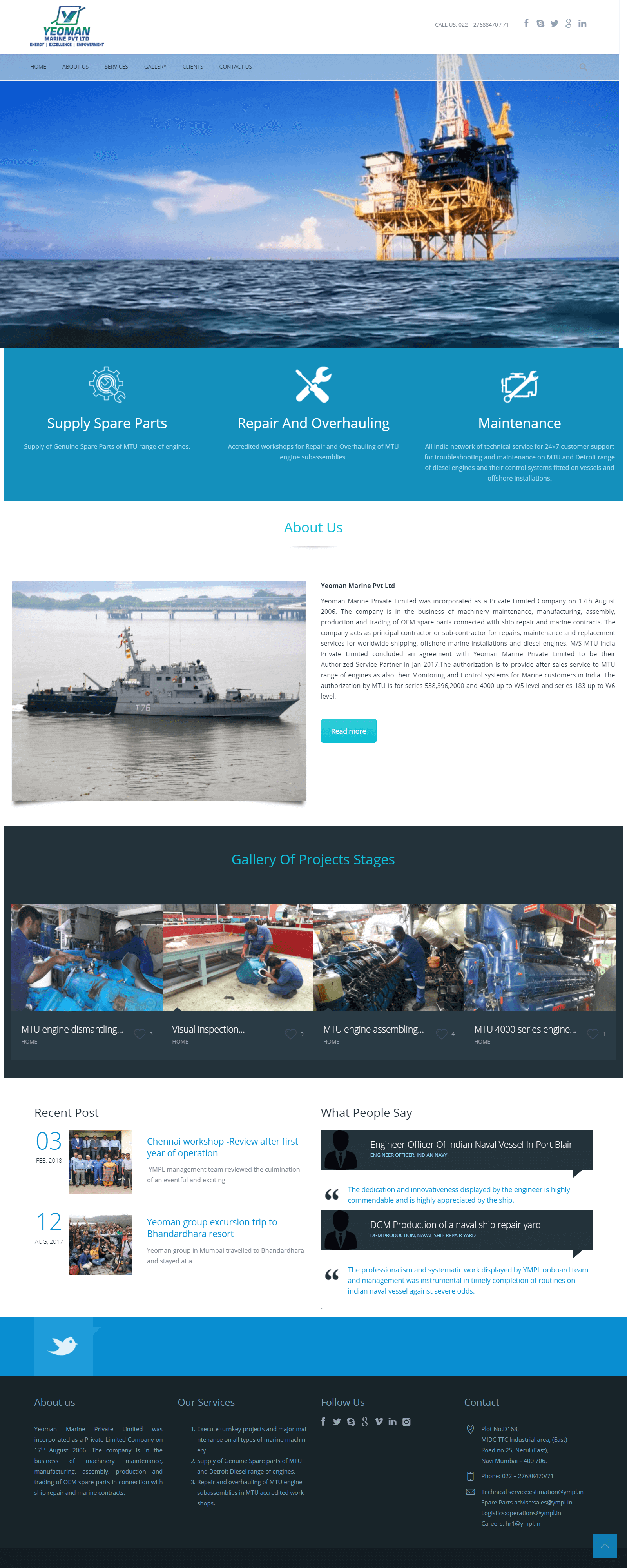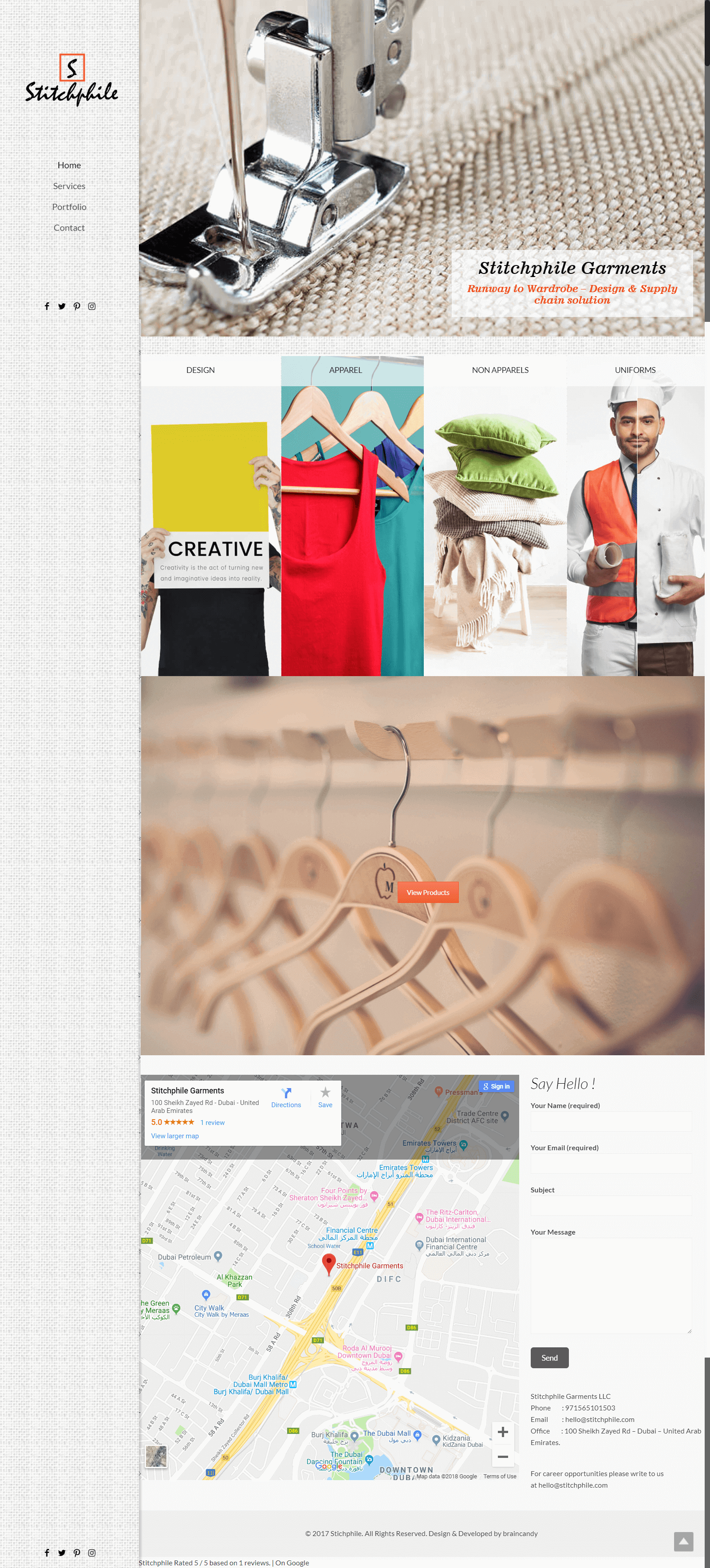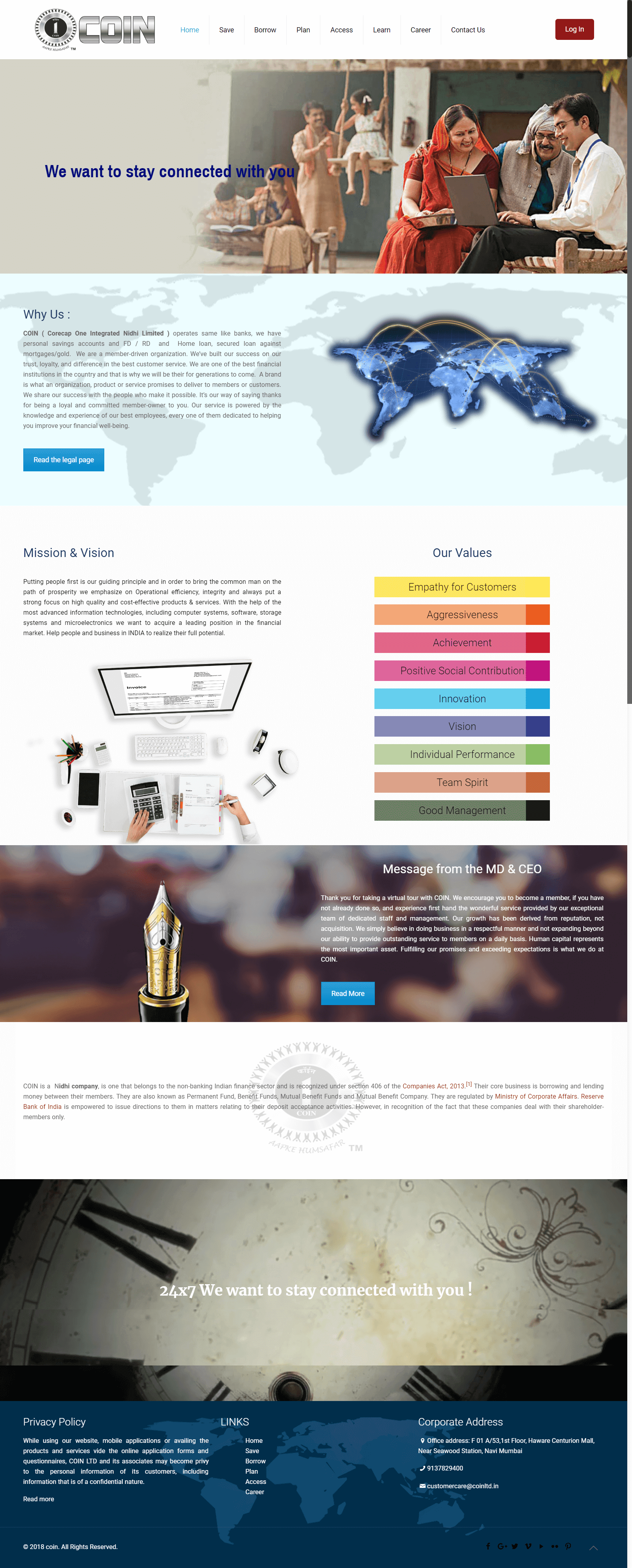- BY braincandy
- POSTED IN SEO
- WITH 0 COMMENTS
- PERMALINK
- STANDARD POST TYPE
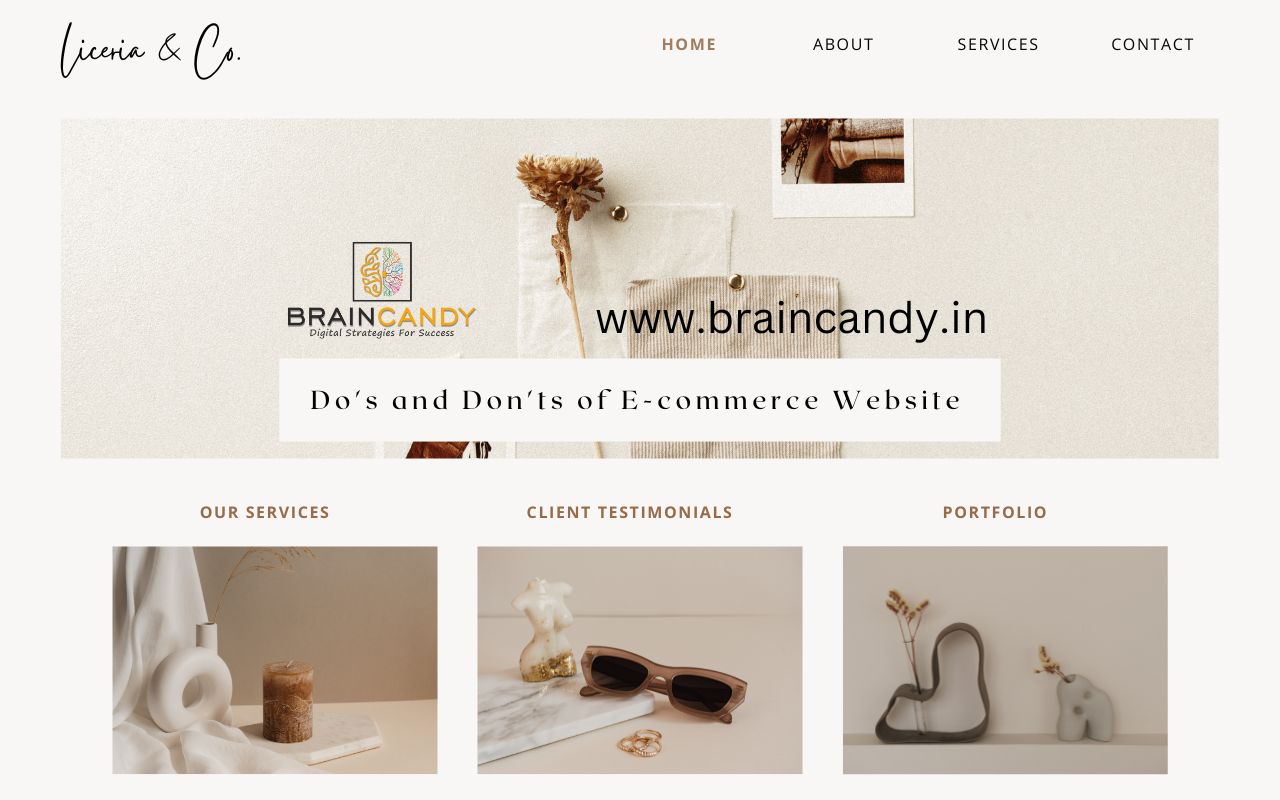
Creating an effective e-commerce website involves a delicate balance between aesthetics, usability, and functionality. Based on BrainCandy’s extensive experience in designing for a global audience, especially in vibrant markets like Mumbai, here are some key do’s and don’ts to consider when building a successful e-commerce site:
Do’s of E-commerce Website Design:
• Prioritize User Experience (UX)
• Do: Design with the user in mind. Ensure intuitive navigation, clear product categorization, and a seamless checkout process. Incorporate easy-to-use filters and search bars for better product discovery. https://www.braincandy.in/ecommerce-web-development-mumbai-india/
• Why? A user-friendly website enhances engagement and increases conversion rates.
• Responsive Design for All Devices
• Do: Make your e-commerce site mobile-friendly and responsive across devices and screen sizes.
• Why? A significant portion of online shopping happens on mobile devices. Responsive design ensures accessibility and ease of use, regardless of platform.
• Clear and High-Quality Visuals
• Do: Invest in high-quality product images and videos. Multiple angles, zoom capabilities, and lifestyle images can provide a more comprehensive view of the products.
• Why? Visual appeal is crucial for online shopping since users cannot physically interact with products. Well-displayed images enhance trust and drive purchases.
• Fast Loading Times
• Do: Optimize your website for speed. Compress images, minimize code, and use fast web hosting.
• Why? Slow websites lead to higher bounce rates. A fast, efficient site keeps users engaged and encourages them to explore more.
• Trust Signals and Security Features
• Do: Display trust badges, SSL certificates, and secure payment options. Incorporate customer reviews and ratings to build credibility.
• Why? Security and trust are critical for online shoppers, especially in markets where digital payments are still evolving. Displaying these signals boosts confidence.
• Easy Checkout Process
• Do: Simplify the checkout experience with features like guest checkout, minimal form fields, and multiple payment options.
• Why? A complicated checkout can lead to cart abandonment. Make the process as seamless as possible to ensure higher conversions.
• Personalization and Recommendations
• Do: Incorporate personalized recommendations based on user behavior, past purchases, and preferences.
• Why? Personalized shopping experiences increase user satisfaction, engagement, and sales.
Don’ts of E-commerce Website Design:
• Don’t Overwhelm with Clutter
• Don’t: Fill the homepage or product pages with excessive information, pop-ups, or ads.
• Why? Too much clutter can confuse visitors and detract from the primary goal of the site: shopping.
• Don’t Ignore Mobile Optimization
• Don’t: Assume that your desktop design will automatically work for mobile.
• Why? Without specific mobile optimization, elements can appear too small, buttons can be hard to tap, and navigation can become difficult, frustrating mobile users.
• Don’t Use Poorly Written Copy
• Don’t: Use generic, unclear, or misleading product descriptions.
• Why? Well-crafted copy not only helps with SEO but also provides clarity for potential buyers, influencing their decision-making process.
• Don’t Have Long or Complicated Forms
• Don’t: Force users to fill out lengthy registration forms before purchasing.
• Why? Long forms increase abandonment rates. Simplifying the process helps retain customers.
• Don’t Neglect Search Engine Optimization (SEO)
• Don’t: Ignore the importance of SEO when designing your website.
• Why? A well-optimized site ranks higher on search engines, driving more organic traffic and improving visibility for your products.
• Don’t Hide Essential Information
• Don’t: Bury important details like shipping costs, return policies, or contact information.
• Why? Customers value transparency. Hiding key information leads to mistrust and higher abandonment rates.
• Don’t Overcomplicate the Design
• Don’t: Use too many design elements, fonts, or colors.
• Why? Clean, consistent design creates a professional look and enhances usability. Overcomplicated designs can distract users from making purchases.
Key Takeaway:
An effective e-commerce website is a harmonious blend of aesthetics, usability, and performance. By focusing on user experience, ensuring fast loading times, and creating a mobile-responsive, visually appealing, and secure environment, businesses can drive sales and enhance customer loyalty. Avoiding clutter, confusing navigation, or slow load times ensures users stay engaged and complete their purchases.
Would you like more insights into any particular area or examples from BrainCandy’s past projects in Mumbai?

